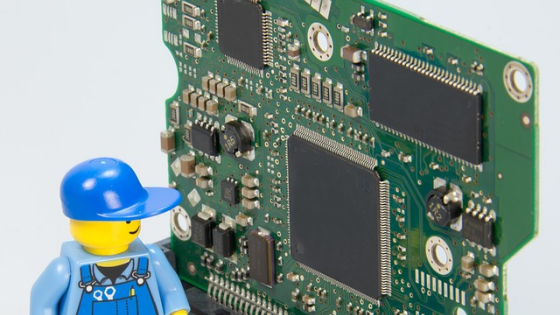It is important to know how to lower CPU usage when the Central Processing Unit reaches too high levels, with the processor working longer and longer. Such a scenario can cause serious damage to your computer. But depending on the source of the problem, this can be fixed with simple steps.

Why is the CPU 100% used?
Although the CPU is the computer’s central processing center, it works most of the time at low capacity. Simple programs such as browsers, text editors, email managers, etc., in addition to background operating system processes, do not force the processor, which will remain at up to 5% usage rate.
Heavier programs, such as audio and video editors or games, require more processing power, causing the CPU to work harder, sometimes reaching quite high levels. However, by terminating such processes the load returns to normal levels. At rest, the computer does not even require 1% of the CPU.
However, in some cases CPU usage can skyrocket, up to 100% and remain so indefinitely, which can be extremely harmful to the computer. Among the reasons, we can highlight:
- An error has occurred in a program, from looping to performing an action that triggered a process that did not terminate;
- You are running many programs at once, some very heavy;
- The computer has been infected with viruses and/or malware;
- New components conflict with hardware (most common on desktops);
- Unnecessary programs are starting up with the system;
- The processor, RAM and video card are out of phase with the programs and games you use.
How to decrease CPU usage
There are a number of steps you can take to decrease CPU usage.
This will depend on the source of the problem:
1. Keep system up to date
If you have a desktop and have recently installed new components (graphics car
d, accessory cards, etc.), it is essential to update Windows 10 so that the system recognizes the new parts and, if necessary, downloads new drivers. You can also install the drivers provided by the manufacturer. In general, available on the official website.
2. Terminate Unnecessary Processes
This step applies to programs that did not close properly, and to eliminating unnecessary programs that start with Windows:
- Hit the “Ctrl + Alt + Del” keys and click “Task Manager”;
- In the “Processes” tab, click on a process that you want to force shut down and then the “End Task” button.
- Click on the “Initialize” tab;
- Click the program you want to prevent from starting with Windows 10;
- Click the “Disable” button.
You can safely disable all programs that start with the system except Windows Security, which is important for monitoring Windows security. Also do not turn off antivirus programs and firewalls if you use them.
3. Close unused Chrome programs and tabs
This rule is simple, but it makes all the difference: If you are not using a program, close it; This prevents the consumption of unnecessary resources on the computer.
This is also true for open Chrome tabs that you are not using, as each is treated by the system as a separate process, which leads to high CPU and RAM consumption.
4. Use antivirus and firewalls
Viruses, malware, and other pests can increase CPU usage, so it is recommended to keep your system protected with antivirus programs and firewalls, as well as use registry cleaning tools such as CCleaner.
Also, avoid browsing suspicious websites, do not click on strange links sent via email or social networks, and do not install unfamiliar programs on your computer.
5. Upgrade the hardware
If all else fails, it is quite possible that your computer hardware (processor, motherboard, RAM or video card) is out of date, with one or all of its parts no longer handling your daily tasks. So any program you try to run will force the CPU.
In this case, all that remains is to upgrade your desktop or notebook components (in this case, probably just RAM) or buy a new computer.
